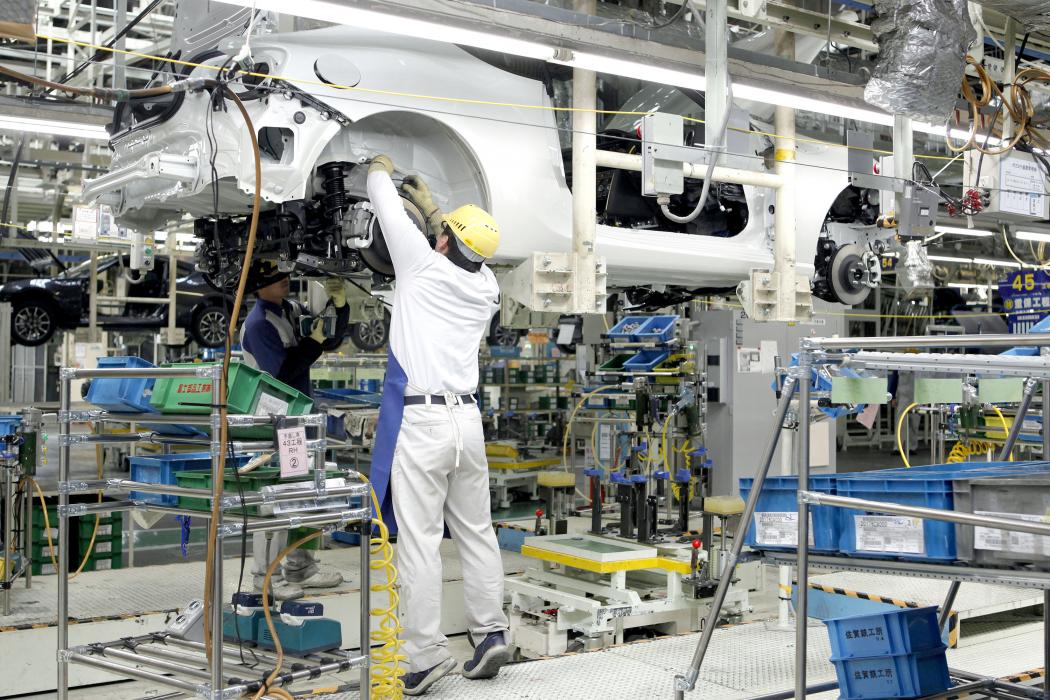Profits and cash flows of Japanese companies have recovered to record levels which could help Japan avoid deflation and achieve 2% GDP growth.
That is according to William Garnett, who is director of Pan-Asian equities at Henderson Global Investors and manages the Henderson Horizon Japan Opportunities fund with Henderson’s Japanese equity team, NewsNow reported.
In an investor update, Garnett said the Japanese government has identified the level of corporate internal reserves at around ¥350 trillion ($2.9 trillion) and wants companies to spend this money.
“The pressure on companies to spend is building. Generating inflationary expectations will inevitably take time. In the meantime, the government is trying to hasten the process with both sticks and carrots, including persuasion tactics and tax incentives,” Garnett said.
“Investors are being coopted into the process with a beefed-up corporate governance code. The crucial point here is that the government has identified low corporate returns as a contributor to deflation and beating deflation is its number one priority.”
Domestic Recovery
Garnett said the current cycle of recovery, which started after the earthquake in March 2011, has been expanding. The recovery has been led by Japan’s domestic sector, as the export market is still a relatively small contributor despite the weakness of the yen.
“Contrary to popular myth, Japan’s export sector is actually relatively small compared to its overall–very large–economy. The tertiary sector (including government spending) accounts for 82% of GDP and 85% of employment, whereas manufacturing is only 18% of GDP and 15% of employment.”
Garnett added that over a million new jobs had been created and wages were growing, further contributing to a rise in domestic consumption.
“Wage growth and tight labor markets should, in turn, pressure companies to improve productivity, even though more still needs to be done to counter the deflationary drag of an aging society. This is a material change from the nominal wage deflation from which Japan suffered in the deflationary era,” Garnett said.
Service Sector
Garnett recommended investors to target domestic companies in the service sector to tap these gains. These firms can raise returns for investors and can be found in the financial and IT sectors, he said. Financials are the fund’s largest holding at 31.3%.
Information technology is the second largest sector in the fund at 27.1% and Garnett currently likes the IT services company Fujitsu, which is the fifth largest holding in the fund at 4.3%. He believes the company is benefitting from rising corporate spending.
“Fujitsu additionally represents something of a ‘coconut’ opportunity: if new management can finally shed the husk of defunct hardware businesses, investors should finally get access to the ‘milk’, the cash-generative domestic computer services business, hidden inside,” Garnett said.
Sept. Fall
A key index reflecting the current state of Japan’s economy fell in September for the 3rd straight month, NHK reported.
The cabinet office said on Friday that the coincident index stood at 111.9 for September against a base of 100 in 2010. The figure was down 0.3 points from August’s level.
The composite index of coincident indicators shows the current state of the economy and predicts developments in the coming months. The indicators include industrial output, employment, and personal consumption.
The index also declined for 3 straight months after the consumption tax was raised in April of last year.
Sales of new cars in Japan fell, pushing down shipments of related parts. Shipments of televisions and mobile phones were also down.
The cabinet office maintained its overall assessment that Japan’s economy is effectively at a standstill, saying no big change is seen in the economic trend.
The index of leading indicators that projects economic activities in the months ahead fell 2.1 points from the previous month, also declining for 3 consecutive months.


